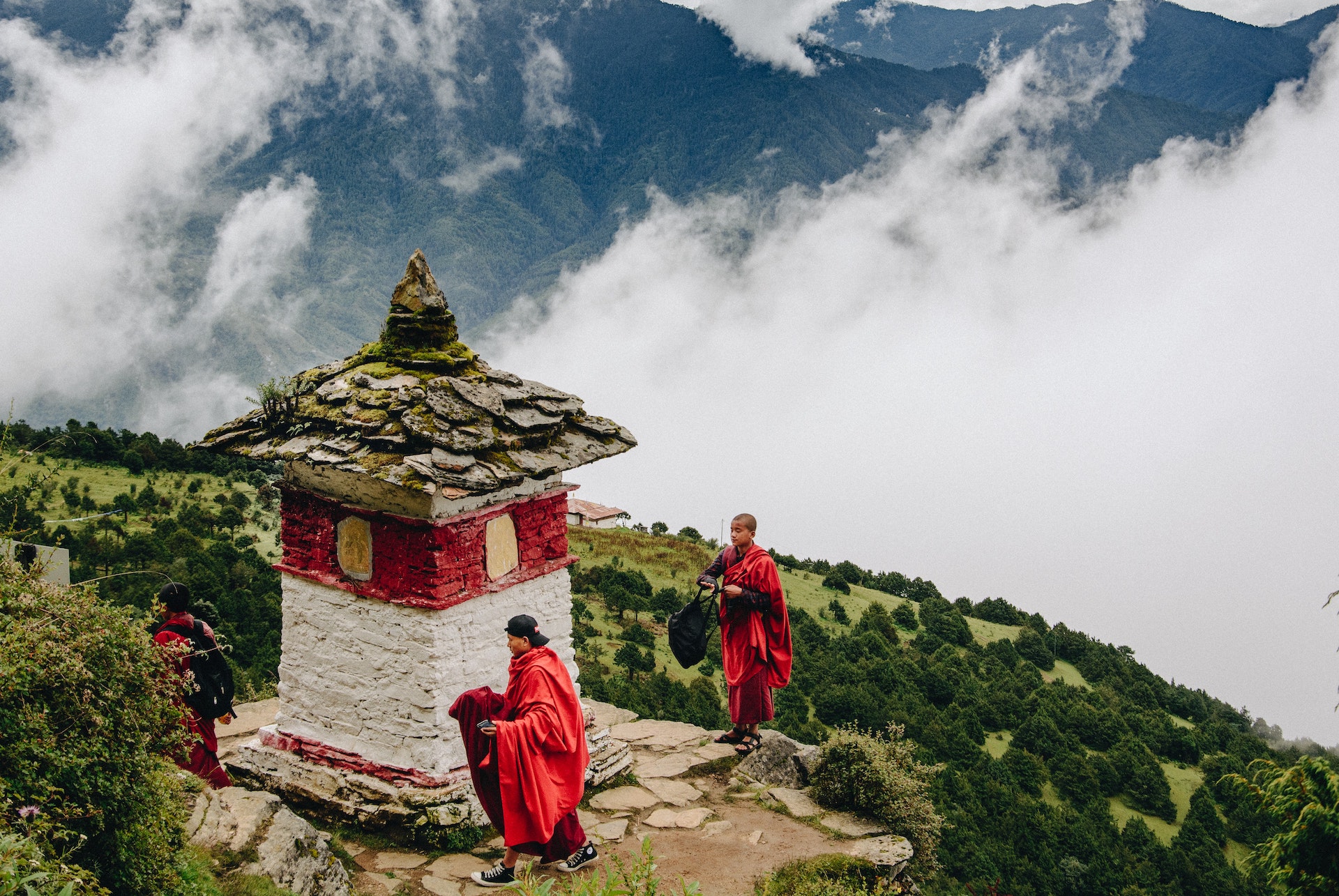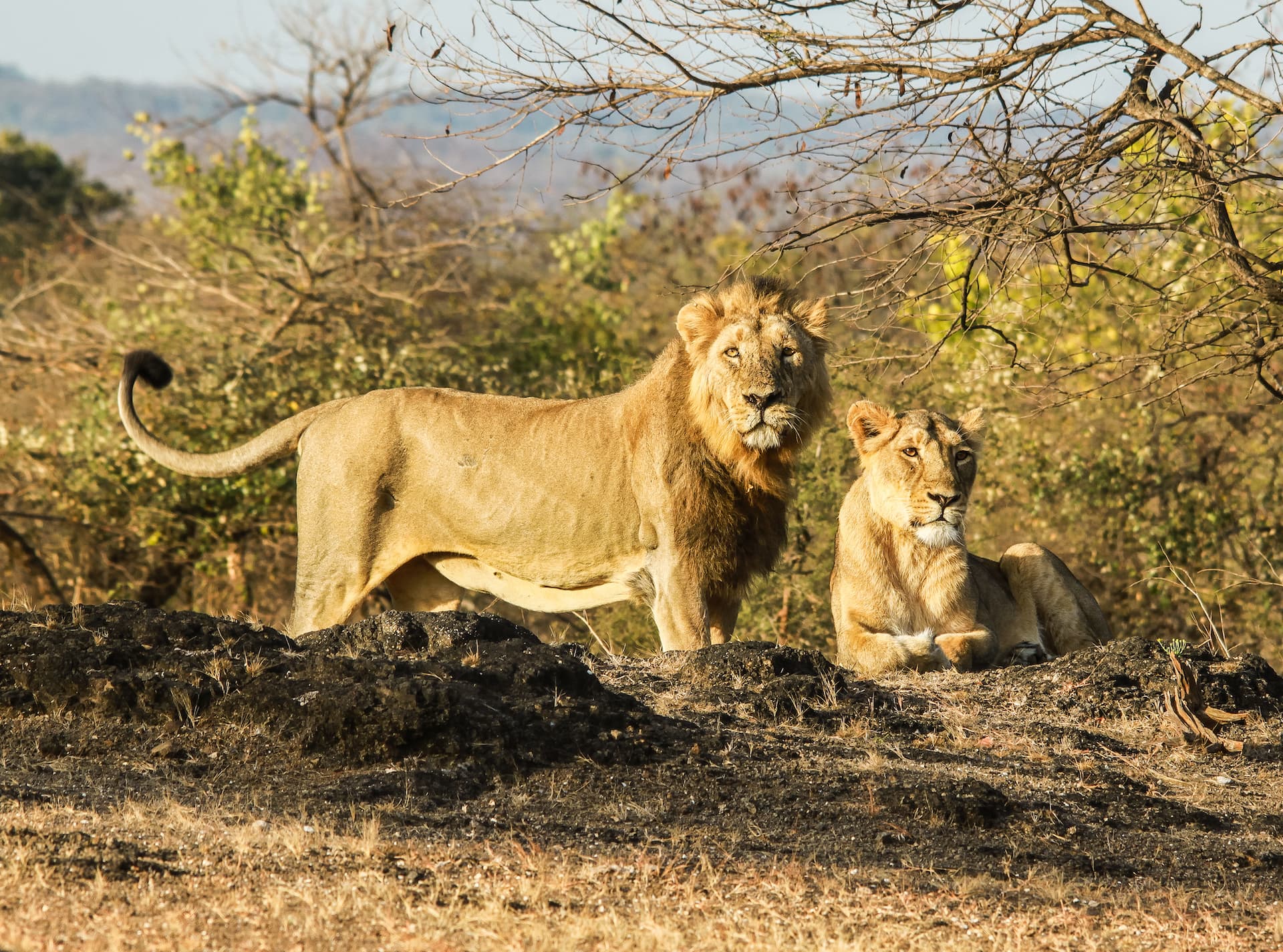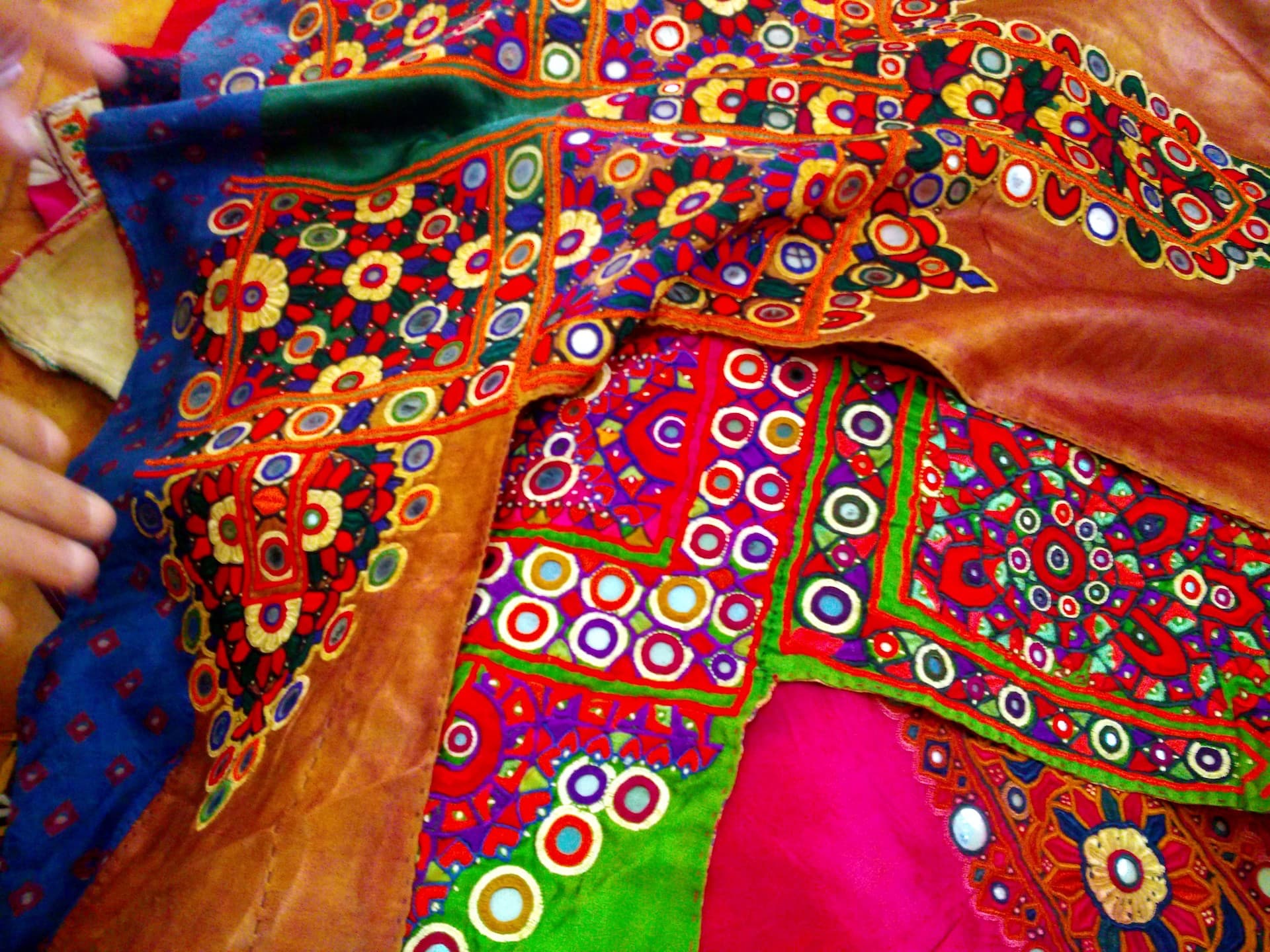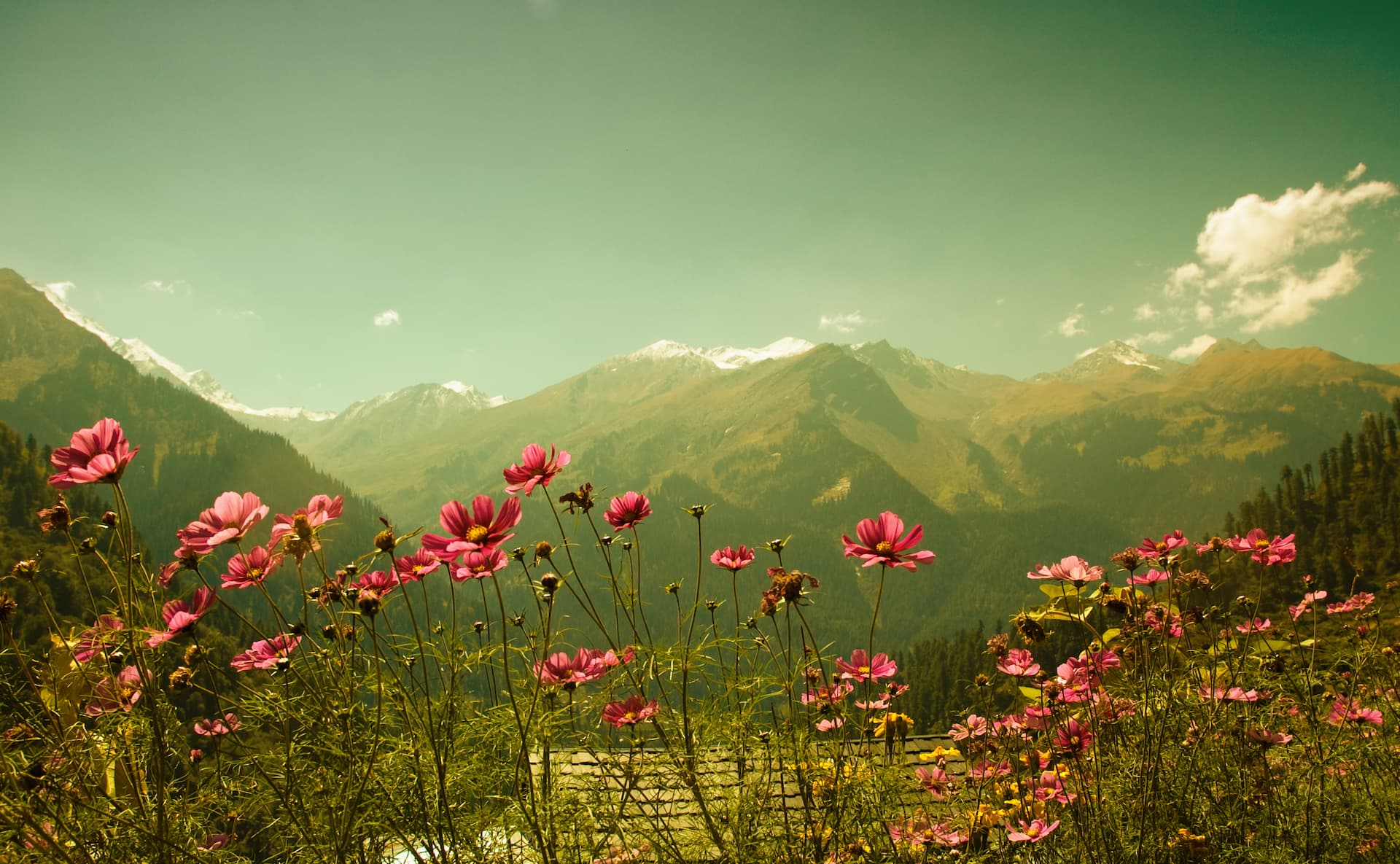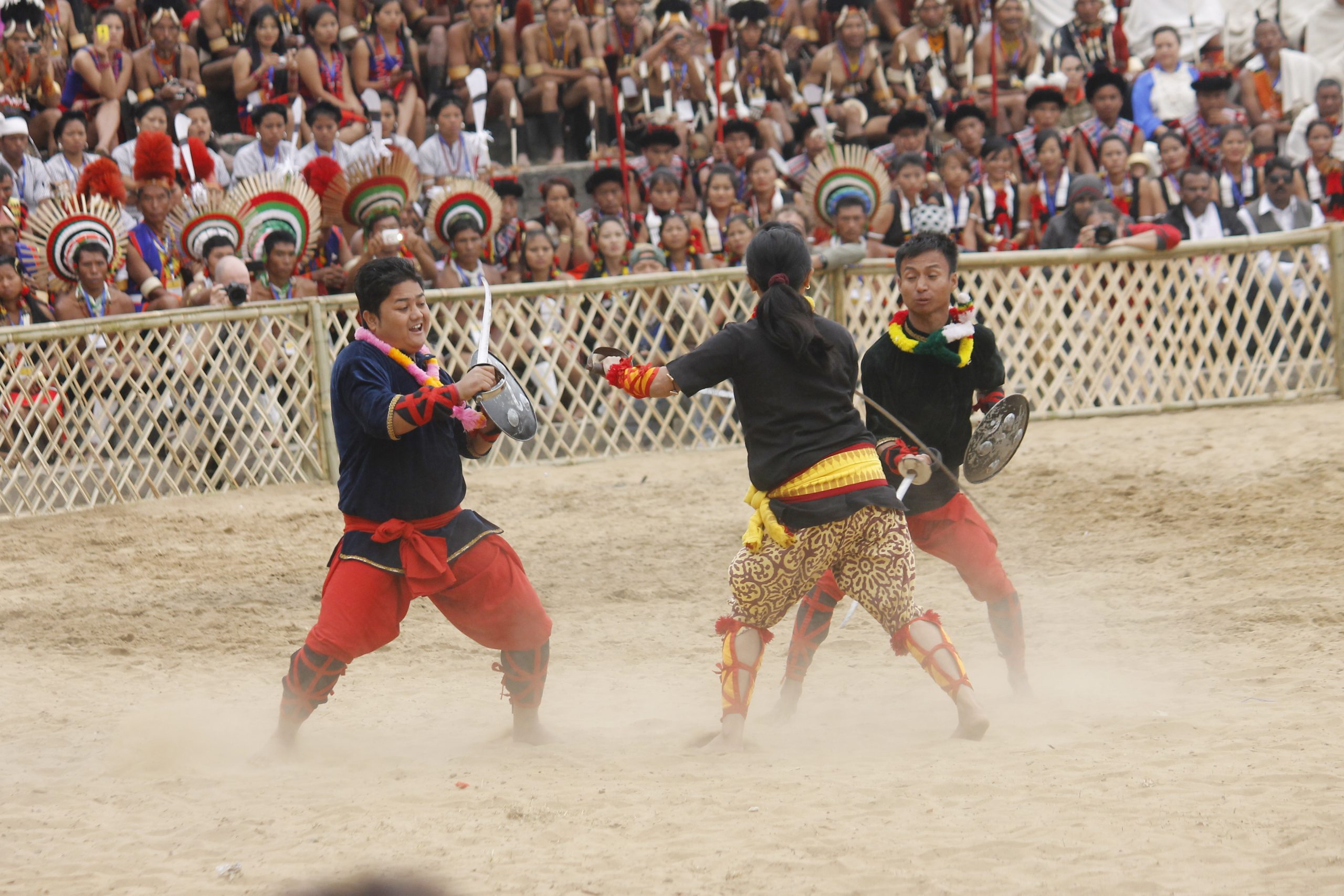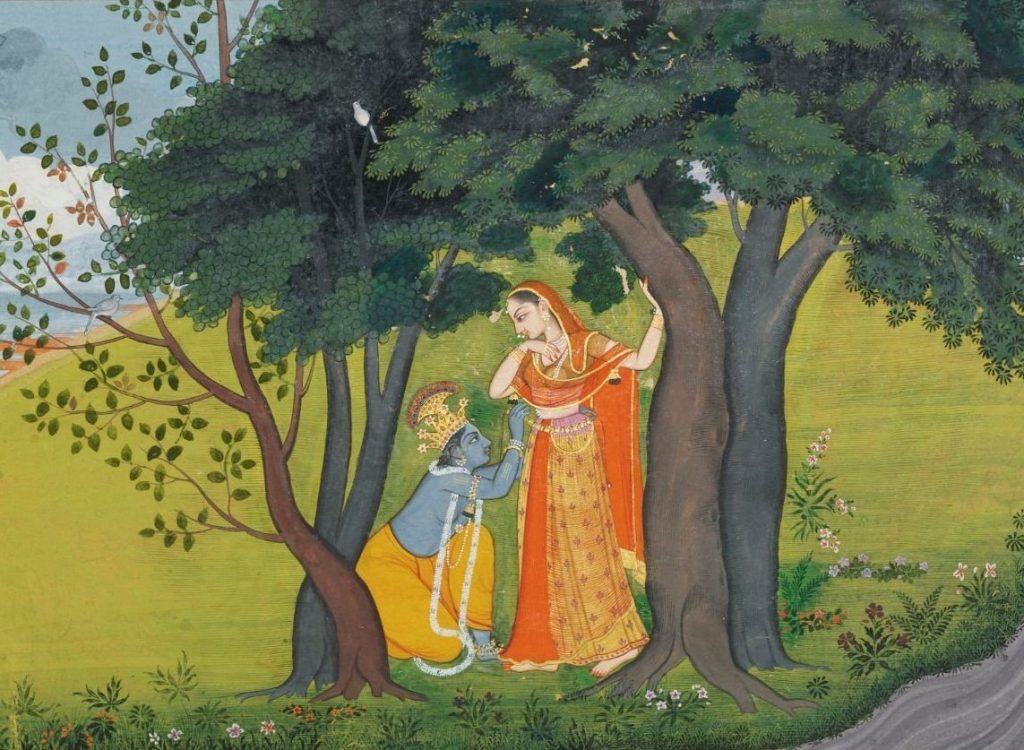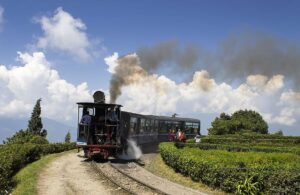
overview
Escorted by a naturalist, this earthy itinerary is for nature lovers with eclectic interests in indigenous art, yoga, culture and anthropology; not limited to wildlife and nature alone.
Meet one of the oldest aboriginal communities of India whose ancestors once walked with tigers. Learn about their ancient art forms, music and religious practices. Enjoy jeep safaris to spot wildlife, get introduced to yoga, visit ancient landscapes strewn with remains of pre-historic human occupation and spend time in a National Park where sloth bear sightings are special. This is a very unpretentious itinerary, carefully crafted to showcase an India that curious nature lovers and anthropologists would appreciate.
Insider Tips:
- Maximum 8 participating guests (on twin sharing basis).
- Language: English.
- Best time for this itinerary: November to April.
- The twenty five plus days of intense cold beginning around end-December is not a good time to visit the Wildlife Parks. Sightings are very poor during this period due to the fog.
- National Parks remain closed on Wednesday afternoons and therefore safaris are not permitted.
- Early February is the time when the Madais rituals take place in this region.
- Every February, Mumbai plays host to the the Kala Ghoda Arts Festival, a community celebration of music, dance, theatre, literature, cinema, visual arts, urban design and architecture within one of the most beautiful and historic precincts of the city, the Kala Ghoda Art District.
- Bhopal is an interesting confluence of cultures and religions, the only royal seat in India ruled by women over a long period of time in history. Extend the stay and visit Bhopal over two
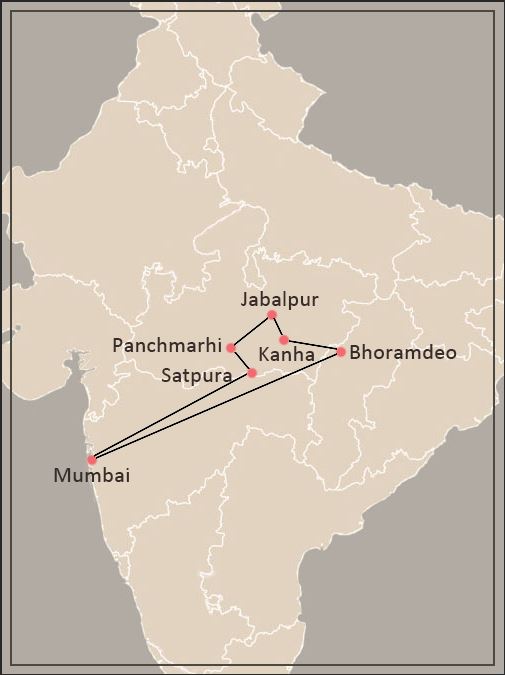
day wise itinerary ![]()
Warm welcome at the airport by our representative and transfer to the hotel.
Spend the morning exploring the main sights of Mumbai such as the Gateway of India, Prince of Wales Museum, the Dhobi Ghat and Mani Bhawan. In the afternoon, learn a tribal art form of India which goes back to 3000 BC. These tribes were once forest-dwellers but have made a gradual transition towards being a pastoral community. The simple style of painting which stems from their animistic belief has a very basic vocabulary – a circle, a triangle and a square – which they use to depict their daily life, customs and traditions. Create a piece of art to carry back as a souvenir.
Fly to Raipur in the morning. Continue by road to Bhoramdeo. Stay in a simple farm-house style lodge, located close to a medieval temple. Spend the afternoon visiting the friendly indigenous communities of the area in their villages.
Visit a weekly tribal haat (market) in and around Bhoramdeo which is incredibly interesting as you get to see villagers come from far to sell their produce. The best ones take place on Fridays, Saturdays and Sundays. The host never forgets to carry a shopping bag to the haat to buy fresh produce to be cooked by the chef and lovingly served by his smiling team, all of who are locals.
Drive to Kanha National Park. On arrival, check-in to the jungle lodge, beautifully located by a river with stunning views of the forests beyond. Later in the afternoon, the owners of the lodge will introduce you to their uniquely earthy property, which will be followed by a 90 minutes yoga session. In the evening, chat about India, yoga, wildlife, tigers, nature, conservation, Kanha and more.
Morning Jeep Safari into the forest. In the afternoon the local yoga guru will introduce you to Yoga Nidra or Yogic Sleep which is a deep state of relaxation and uniquely unwinds the nervous system.
Enjoy morning and afternoon Jeep Safaris, learning about the flora and fauna of this beautiful landscape.
Drive to Jabalpur. Spend the Drive to Satpura National Park, one of the three wilderness spaces of the Panchmarhi Biosphere Reserve. Stop at the Jatashanker Cave Temple named after the matted locks of Lord Shiva, the ‘destroyer’ in the Hindu pantheon, whose abode is supposed to be in the Satpura Hills. Enjoy an afternoon Jeep Safari in the Satpura National Park.
Take the early morning short train ride to Pipariya through picturesque country-side. Continue by road to Panchmarhi, steeped in legend and mythology. It is an ancient landscape strewn with the artistic and religious remains of pre-historic human occupation. The scenery is most magical and the climate moderate. Later in the afternoon, go for a leisurely walk to the memorial of a British officer and enjoy sweeping views of the genteel green plateau valley of Panchmarhi.
Spend time at Mount Rosa. Early humans lived here and made beautiful rock paintings thousands of years ago. Enjoy a moderate hike in the afternoon to the incredibly beautiful Irene Pool and enjoy its cool waters.
Drive to Satpura National Park, one of the three wilderness spaces of the Panchmarhi Biosphere Reserve. Stop at the Jatashanker Cave Temple named after the matted locks of Lord Shiva, the ‘destroyer’ in the Hindu pantheon, whose abode is supposed to be in the Satpura Hills. Enjoy an afternoon Jeep Safari in the Satpura National Park.
Take a canoe ride this morning and another safari in the evening. Later in the evening, go on a night safari in the buffer zone of the Park to spot nocturnal animals and birds.
Drive to pre-historic Rock Shelters of Bhimbetka, a UNESCO World Heritage Site with its extraordinary cave paintings and where the earliest traces of human life on the Indian subcontinent can be found. This is where the tribal art you painted in Mumbai originated. What is really unique here in Bhimbetka is that the paintings are not from one period in history but were done over a period of thousands of years. The oldest painting here dates back to the Lower Paleolithic age and the newest to the Mesolithic. As man transformed over time from a hunter-gatherer to an agriculturist to living as part of an administered state, so did the paintings he made here. Continue to the Bhopal airport for the afternoon flight to Mumbai. Connect to the international airport for the flight back home. Day-use rooms can be provided depending upon the flight timings.
The heterogeneity, diversity and vibrancy of Indian tribes is amazing. However, the common thread among them is their co-existence with their eco system and how they manage their annual routines in rhythm with changing seasons.
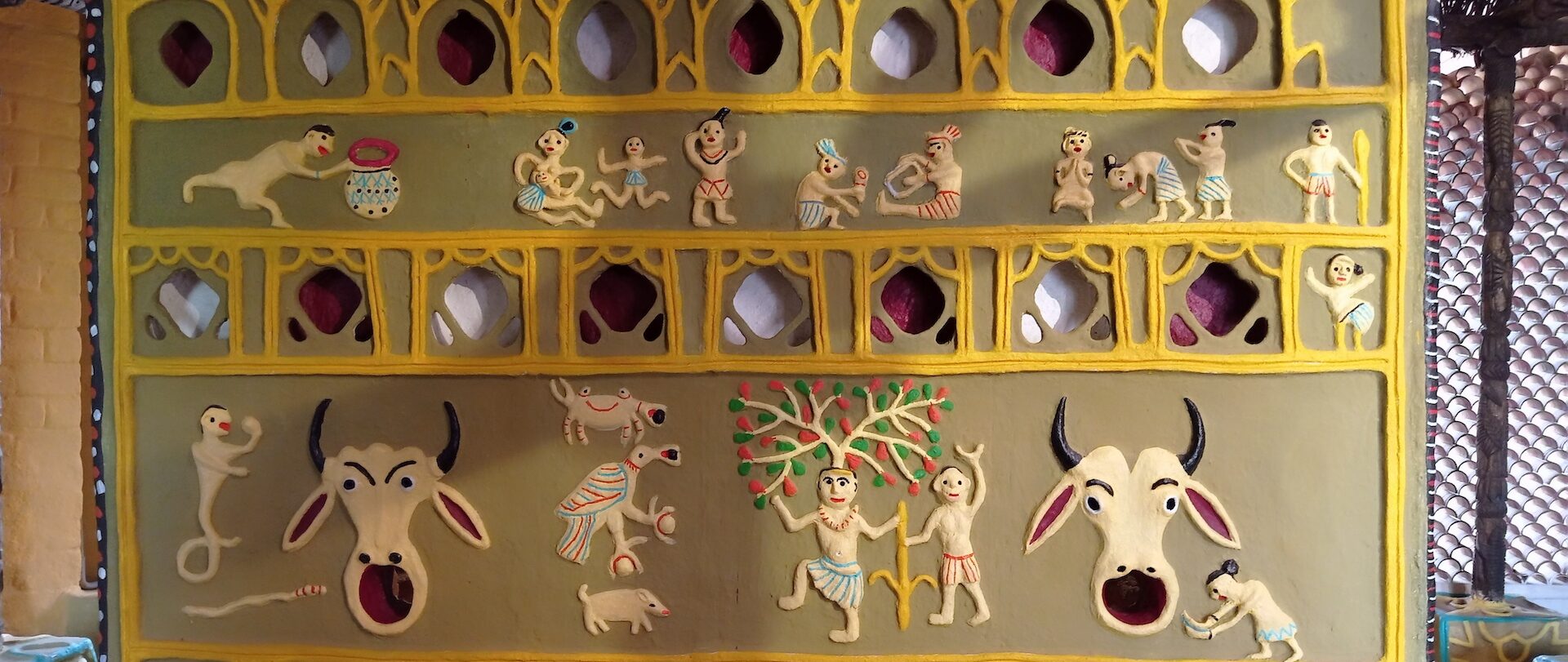
madai
There is something mysterious and fascinating about the deep dark forests of central India, its indigenous communities and their rituals. Once they have harvested their crop, every village holds an annual event called Madai to purify the soil and seek forgiveness from Mother Earth for causing her ‘injury’ while they ploughed the land.

similar itineraries
central India from the journal
Read the latest articles by Distant Frontiers’ expert team, including columns like Lost in Luxury, Culture Matters and travel news as well as exclusive insiders from the road by our Explorers.

Toy Train to the Clouds of Darjeeling
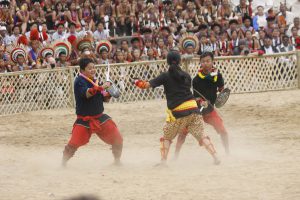
Women and the Third Gender of Manipur



